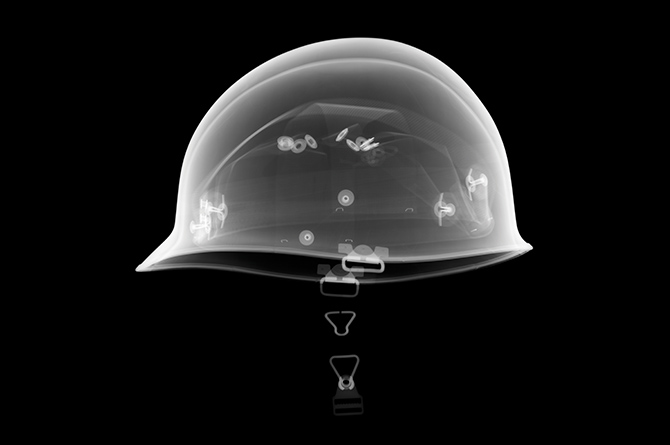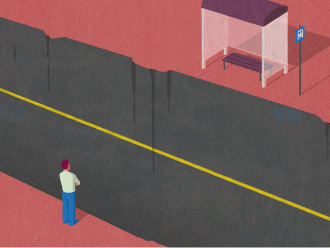Ashfaq Adnan, associate professor of mechanical engineering, and his postdoctoral associate Yuan Ting Wu published research on traumatic brain injury in Nature's Scientific Reports. Their work revealed that battlefield blasts may cause cavitation (tiny bubbles) in the brain's perineuronal nets, which may collapse and cause neuronal damage.
Drs. Adnan and Wu studied the phenomenon through a simulated shock wave-induced cavitation collapse within the perineuronal net, which is a specialized extracellular matrix that stabilizes synapses in the brain. Their results show that the forces created by an asymmetrical bubble collapse may break the hyaluronan, the perineuronal net's main structural component. The findings improve current understanding of the connection between damage to the perineuronal net and neurodegenerative disorders.
"Dr. Adnan's findings offer important insight into how the brain is affected in combat scenarios," says Duane Dimos, vice president for research. "Understanding the effects of blast injuries on the brain and knowing that cavitation occurs is an important step toward finding better ways to prevent traumatic brain injuries on the battlefield."
Health and the Human Condition
Global Environmental Impact
Sustainable Urban Communities
Data-Driven Discovery



